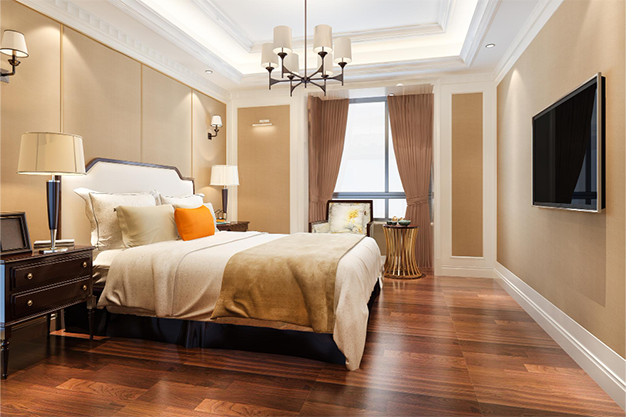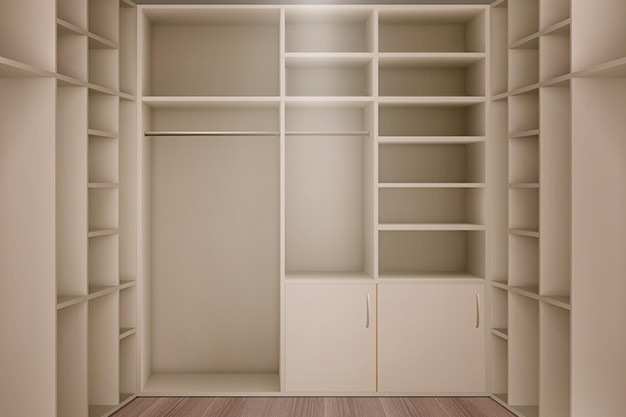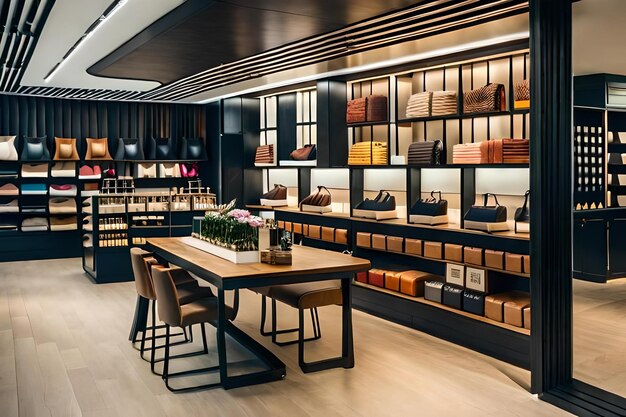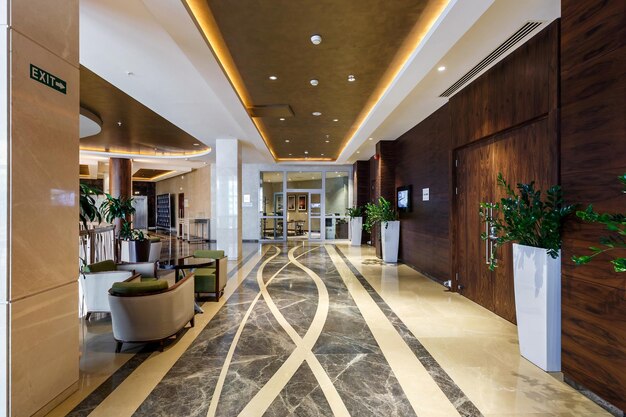Services

Our Services
Transformative Interior Designs by MadrasMD
At MadrasMD, we don’t just design interiors; we curate captivating stories within walls. Our passion for creating unique, functional, and awe-inspiring spaces is what sets us apart. With an artistic blend of modern trends and timeless aesthetics, we breathe life into every corner.
Residential
Designing the interior of a residential space requires a combination of aesthetics, functionality, and personal preferences. Below, I’ll provide you with some ideas and tips for designing the kitchen, living room, bedroom, and wardrobe spaces.

Modular Kitchen
Layout: Opt for an open layout with a kitchen island or peninsula. This fosters interaction between the cook and guests.
Color Scheme: Choose light and neutral colors for the kitchen walls and cabinets. Accent with pops of color through accessories and decorative elements.
Storage: Maximize storage with pull-out pantry shelves, deep drawers, and overhead cabinets. Consider vertical storage solutions for pots, pans, and utensils.
Countertops: Use durable materials like granite or quartz for countertops. These are easy to clean and resistant to stains.
Lighting: Combine ambient, task, and accent lighting. Pendant lights over the island and under-cabinet lighting can create a warm and functional ambiance.
Backsplash: Install a stylish backsplash that complements the overall theme. Subway tiles, mosaic patterns, or even a solid color can work well.
Appliances: Opt for modern, energy-efficient appliances that match the overall design.

Living Room
Furniture: Choose comfortable and stylish seating arrangements. A combination of a sofa, armchairs, and maybe a chaise lounge can create an inviting atmosphere.
Color Palette: Use a harmonious color palette that complements the rest of the home. Incorporate pops of color through cushions, rugs, and artwork.
Centerpiece: Create a focal point, such as a fireplace, large artwork, or an entertainment center with a TV.
Rugs: Add an area rug to define the space and add warmth. Make sure it’s appropriately sized to anchor the furniture.
Storage: Integrate built-in shelves or cabinets for books, décor, and media storage.
Lighting: A mix of floor lamps, table lamps, and overhead lighting helps achieve layered illumination. Consider dimmers for mood control.
Décor: Personalize the space with family photos, artwork, and decorative objects that reflect your style.

Bedroom
Bed: Choose a comfortable and stylish bed frame with a quality mattress for a good night’s sleep.
Color Scheme: Opt for soothing colors such as soft neutrals, pastels, or calming blues to create a serene atmosphere.
Bedding: Select high-quality bedding that complements the color scheme. Layer with throw pillows and blankets for added texture.
Storage: Incorporate built-in closets or a walk-in wardrobe with ample storage space for clothes, shoes, and accessories.
Furniture: Keep bedroom furniture minimal to maintain an uncluttered feel. A nightstand, dresser, and possibly a cozy reading nook could suffice.
Lighting: Use a mix of ambient, task, and accent lighting. Bedside table lamps, wall sconces, and a central ceiling fixture are common choices.
Window Treatments: Choose curtains or blinds that allow for privacy and control over natural light.
Personal Touch: Add personal touches through artwork, decorative mirrors, and a small seating area if space allows.

Wardrobe
Organization: Plan the wardrobe layout with adjustable shelves, hanging rods, and drawers to accommodate different types of clothing and accessories.
Lighting: Install LED lighting inside the wardrobe to ensure visibility and help with color coordination.
Mirror: Include a full-length mirror or a mirrored panel on one of the wardrobe doors to assist with outfit choices.
Material and Finish: Choose materials and finishes that align with the overall style of the room while being functional and easy to maintain.
Color Scheme: Consider a cohesive color scheme that connects the wardrobe with the rest of the bedroom’s design.
Accessories: Incorporate pull-out trays for jewelry, tie racks, and built-in valet rods for planning outfits.
Space Optimization: If space allows, include a dressing island or a seating area within the wardrobe for added convenience.
Commercial
Interior design for commercial spaces involves creating functional and aesthetically pleasing environments that cater to the specific needs and objectives of businesses. Different types of commercial spaces have unique requirements, branding considerations, and target audiences. Here are some popular types of commercial spaces and key points to consider for their interior design

Retail Stores
Layout: Design a layout that guides customers through the store, encouraging exploration and maximizing exposure to products.
Visual Merchandising: Display products in an attractive and organized manner to highlight their features and benefits.
Lighting: Use appropriate lighting to create ambiance and draw attention to key products or displays.
Branding: Incorporate the brand’s colors, logos, and imagery to create a cohesive shopping experience.
Checkout Area: Design an efficient and inviting checkout area to complete the shopping experience.

Restaurants and Cafes
Seating: Plan seating arrangements that accommodate different group sizes and offer comfort.
Ambiance: Choose a color scheme, lighting, and decor that align with the restaurant’s concept (e.g., casual, fine dining, themed).
Open Kitchen: Consider an open kitchen layout to enhance transparency and allow customers to see the food preparation process.
Acoustics: Use materials that control noise levels and create a pleasant dining atmosphere.
Branding: Infuse the restaurant’s branding into the interior design through signage, menus, and decor.

Offices
Workstations: Design ergonomic workstations that promote productivity, comfort, and collaboration.
Common Areas: Create inviting break rooms, lounge areas, and collaborative spaces to encourage interaction among employees.
Natural Light: Maximize natural light and provide adequate artificial lighting for optimal working conditions.
Branding: Reflect the company’s brand identity in the office design through colors, logos, and art.
Technology: Integrate technology seamlessly with modern amenities, such as smart boards, video conferencing facilities, and charging stations.

Hotels
Lobby: Design an impressive and welcoming lobby with comfortable seating, artwork, and a front desk that conveys the hotel’s style.
Guest Rooms: Create comfortable and functional guest rooms with adequate storage, cozy bedding, and well-designed bathrooms.
Amenities: Plan for amenities like fitness centers, restaurants, and spa areas that align with the hotel’s theme.
Wayfinding: Use signage and layout to help guests navigate the hotel easily.
Sustainability: Integrate eco-friendly elements into the design to showcase the hotel’s commitment to sustainability.


